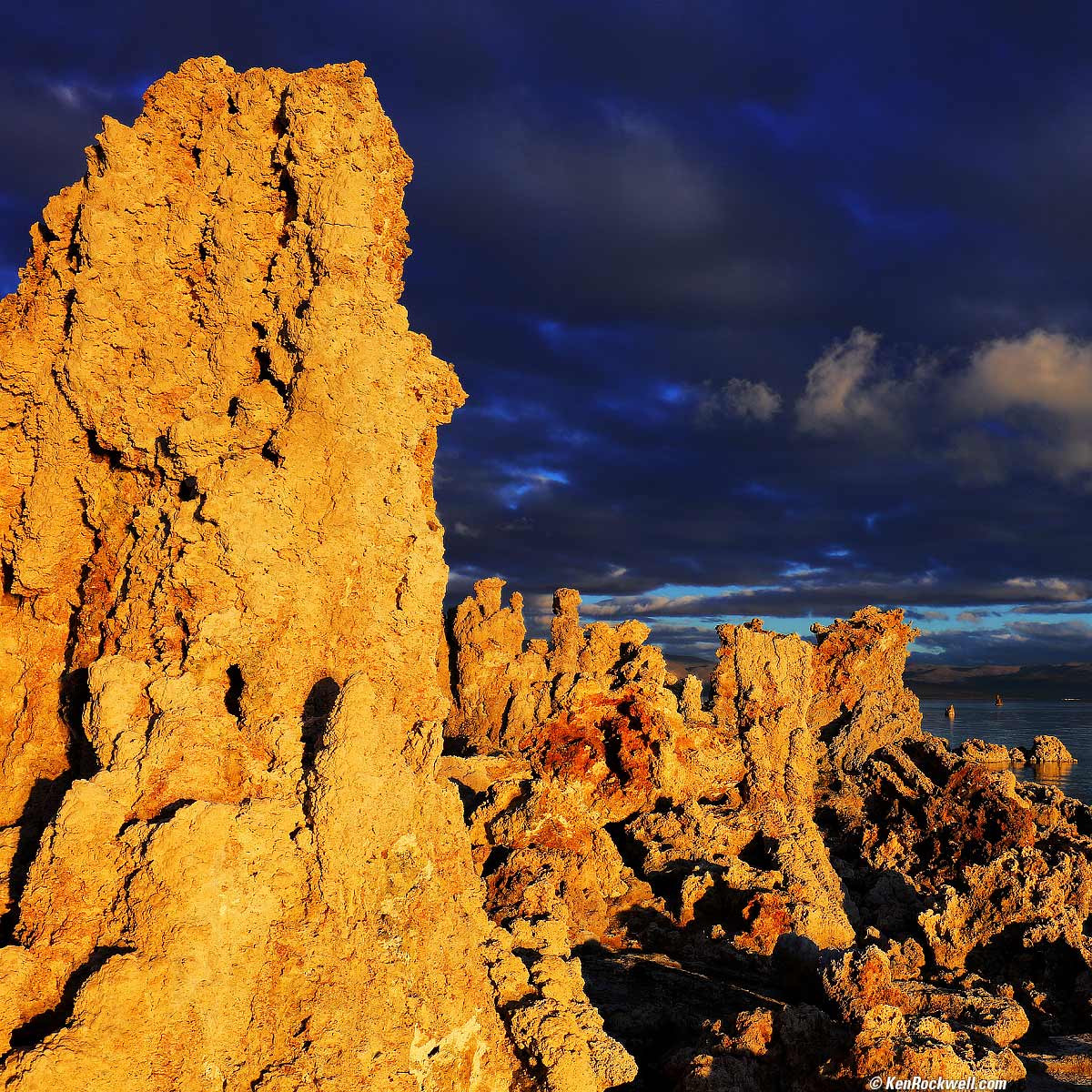
Photography, Cameras and Taking Better Pictures
Ilfochrome (also commonly known as Cibachrome) is a dye destruction positive-to-positive photographic process used for the reproduction of film transparencies on photographic paper. The prints are made on a dimensionally stable polyester base as opposed to traditional paper base.
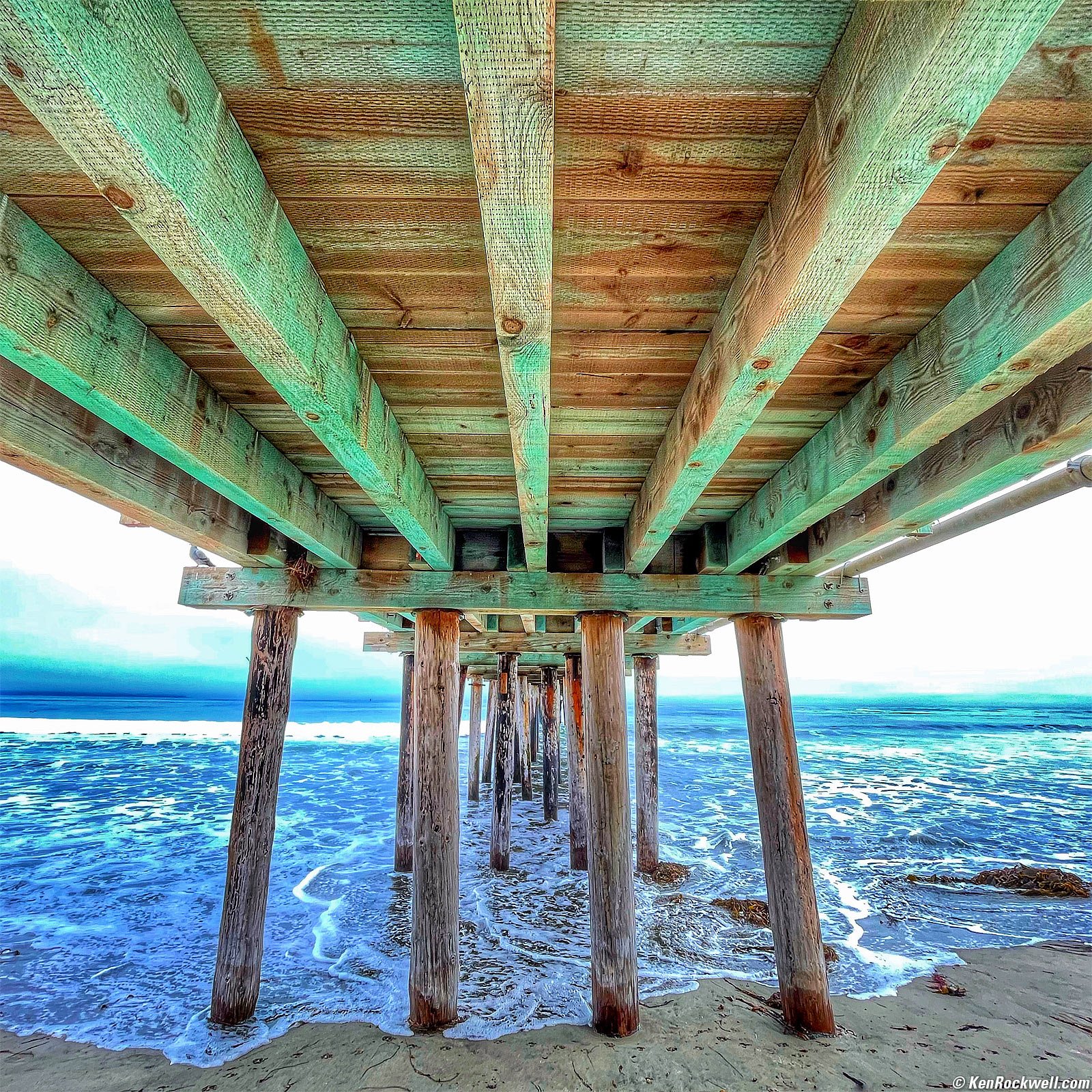
Photography, Cameras and Taking Better Pictures
A dye destruction print (Cibachrome print, Ilfochrome print) is a print made using a photographic printing process in which colour dyes embedded in the paper are selectively bleached away (destroyed) to form a full-colour image Nan Goldin Self-Portrait on the train, Germany (1992) Tate © Nan Goldin

Jeff Wall, Diagonal Composition no. 3, 2000 · SFMOMA
Leakage evaluation. An RhB 10 −2 M solution was prepared by dissolving 0.1 g of RhB (Sigma R 6626-25G) in 20 mL of distilled water placed into 50-mL falcon tubes. To accurately quantify the amount of leakage in the four groups, a calibration curve was drawn using four concentrations of RhB (10 −7, 5 × 10 −7, 10 −6, and 2.5 × 10 −6).

Revenge of the Goldfish Saint Louis Art Museum
[1] Imbibition printing was initially in monochrome. The basic underlying principle is that bichromate development of a silver gelatine photographic emulsion (not strictly a real chemical emulsion) results in the gelatine being differentially tanned or hardened in proportion to the exposure received, and blackening obtained.
“Medusa Marinara” Vic Muniz, dye destruction print(photo), 1997 r/Art
Straightforward processing of a dye-destruction or dye-bleach material yields a positive image from a positive original and consists of: (1) development to form a silver image; (2) stop-fixing to arrest development and remove unexposed silver halide; (3) dye bleaching to bleach the dye in the areas containing a silver image; (4) silver bleaching.

Daniel Joseph Martinez Two Sisters, Photo 1995, rare dye destruction
Radioactive Cats. Artist Sandy Skoglund produces images that blend sculpture, painting, and photography in a comment on the human condition. Her work includes ordinary interiors that are frequently invaded by an over-abundance of animals. Open to many interpretations, this large image could be read as a comment on nuclear proliferation or a.
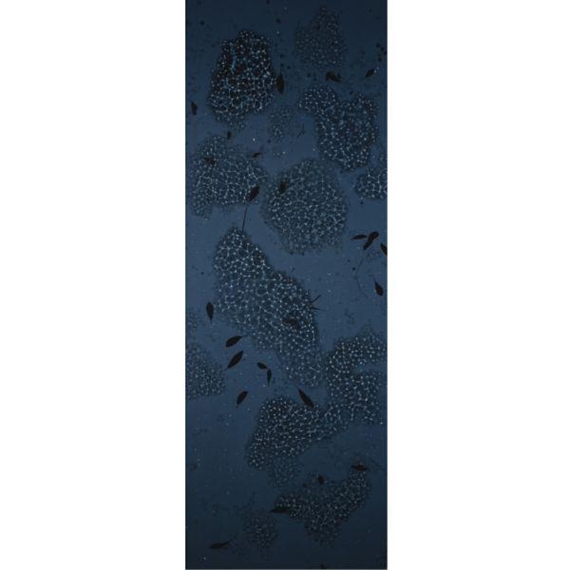
Derges Susan Starfield Spawn MutualArt
Cibachrome is a dye-destruction process, meaning that bleach is used to remove the unnecessary dyes from the emulsion. Each Cibachrome print is composed of ten layers containing various combinations of light-sensitive silver halides and dyes that are sensitive to blue, green, or red light waves.

Photographs Sale UK by Phillips de Pury & Co. Issuu
Cosmic Trees Robert Glenn Ketchum (b. 1947) Dye destruction print 1988 P1997.54 Photographs 29 1/2 X 37 1/8 Storage Amon Carter Museum of American Art, Fort Worth, Texas, Gift of Mr. and Mrs. Herb Belkin

Dye destruction print COLOUR PHOTOGRAPHIC PROCESSES
Carbon printing was introduced from 1864. A sheet of paper was coated with a layer of light-sensitive gelatin which contained a permanent pigment (often carbon). It was then exposed to daylight under a negative.

Nan Goldin Recent Photographs Fraenkel Gallery
Summary. This is one of twelve dye-destruction contact photographic prints entitled Recto/Verso and taken in 1988 by American photographic artist Robert Heinecken (Tate P15085 - P15096 ). They each feature two colour images of models from fashion magazines which have been overlaid to produce awkward compositions.

Garry Fabian Miller / "Burning (with Gwen) No. 2", 2002, light, oil
A dye destruction print made in this way is more permanent than a chromogenic print. Page 1 OF 2. More info; Use this image; Queen Elizabeth II by Yousuf Karsh 1943 NPG P335 More info; Buy a print; Buy as a greetings card; Use this image; Millie (Millicent Small) by David Wedgbury 1969 NPG x76439.
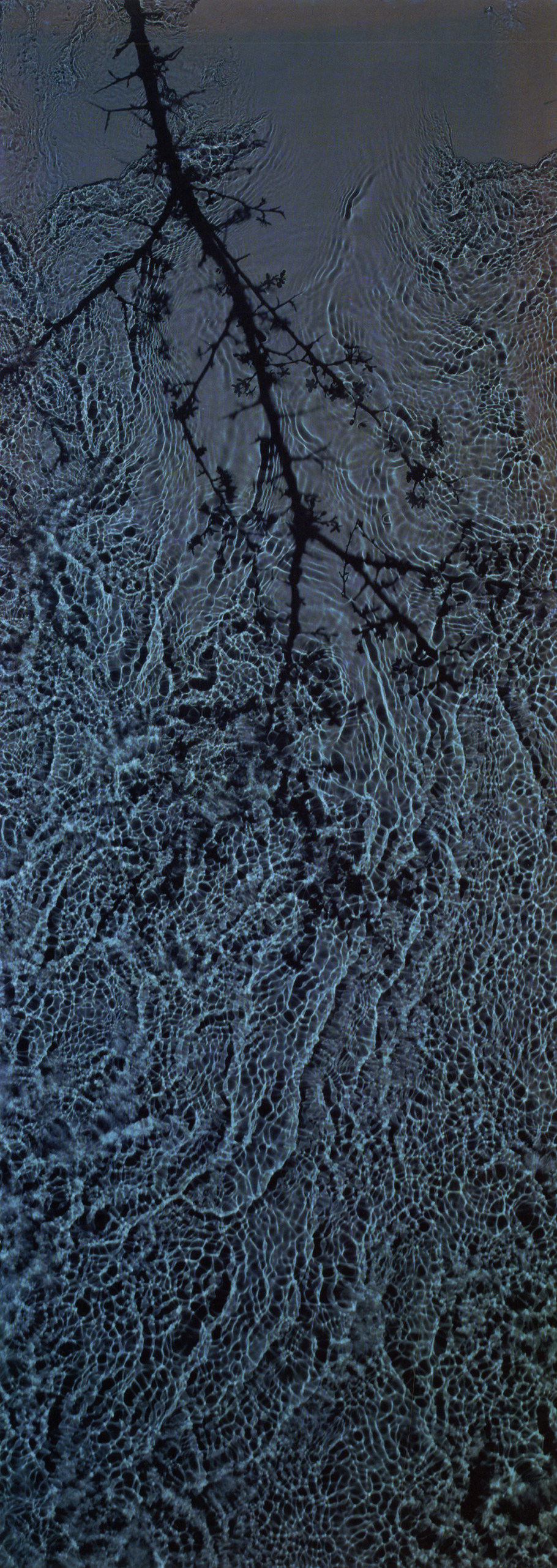
Susan Derges Woman Thinking River Fraenkel Gallery
A dye destruction print (Cibachrome print, Ilfochrome print) is a print made using a photographic printing process in which colour dyes embedded in the paper are selectively bleached away (destroyed) to form a full-colour image. Polaroid print.
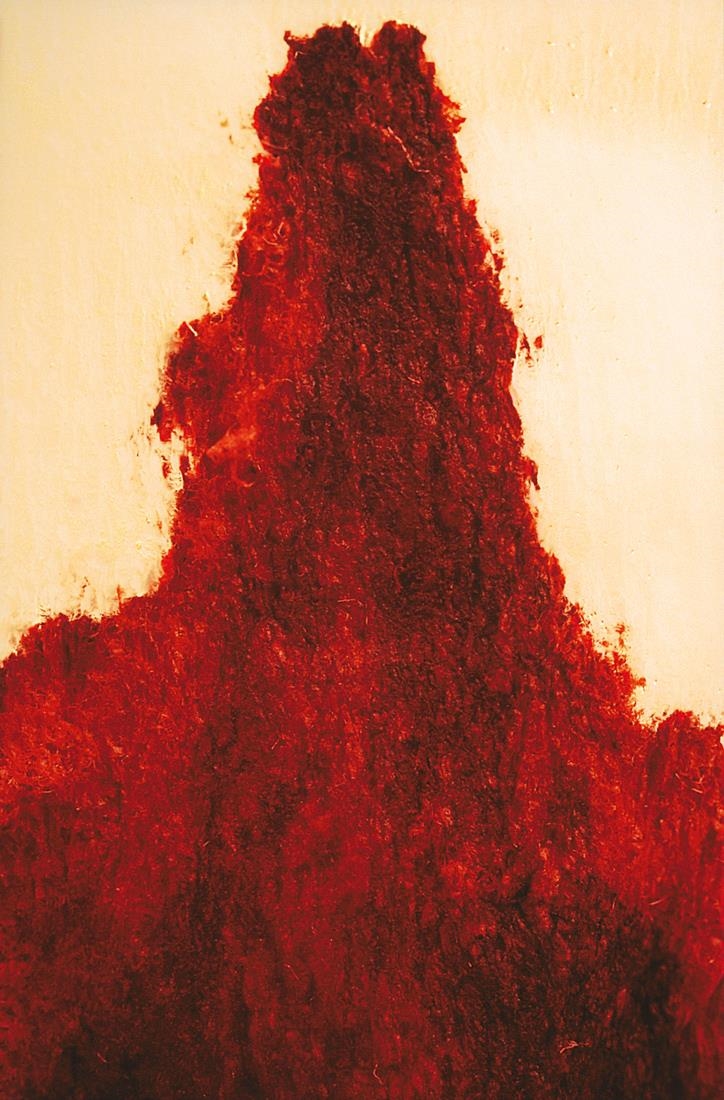
Andrés Serrano Red River 6, 1989 MutualArt
Dye destruction or dye bleach is a photographic printing process, in which dyes embedded in the paper are bleached (destroyed) in processing. [1] Because the dyes are fully formed in the paper prior to processing, they may be formulated with few constraints, compared to the complex dye couplers that must react in chromogenic processing.
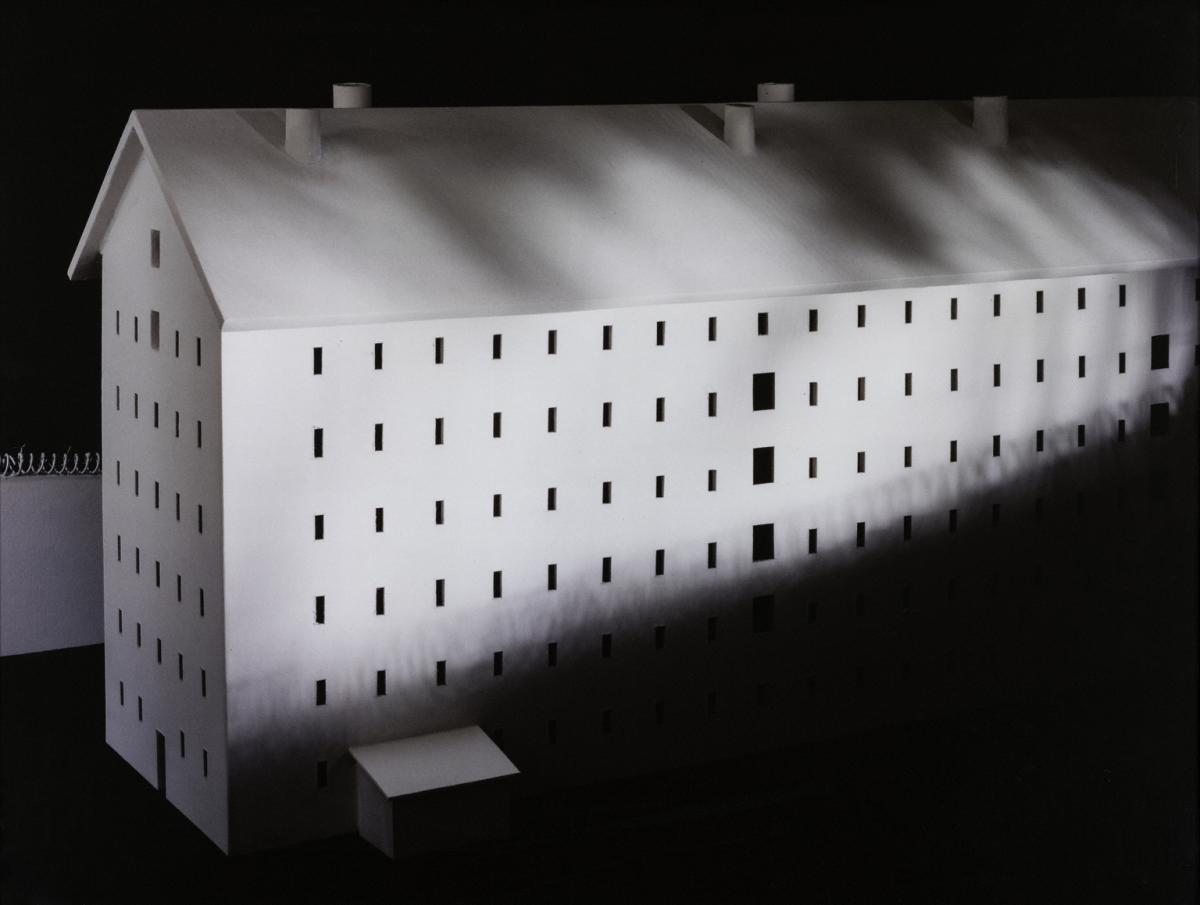
Sing Sing 2 The Phillips Collection
Photograph, dye destruction print on transparency on lightbox. Dimensions Unconfirmed: 890 × 725 × 140 mm. Collection Tate. Acquisition. where light and dark are inverted as on the negative of a photographic print. The photographs are taken within a few seconds of each other. Yass has explained: 'The negative image makes bright areas blue.

Garry Fabian Miller
unique dye destruction print, 40 x 30 inches. Oct 26-Dec 2, 1995. Artist: Christopher Bucklow. In Bucklow's first solo exhibition in the United States he presented two series, Guest and The Beauty of the World, both created with a 30 x 40 inch, hand-crafted camera which records the sun's image directly onto the photographic paper. What.
Victor Landweber, 816 No. Crescent Heights Blvd., Los Angeles
Silver Dye-Bleach Prints Whereas a black-and-white print requires paper with one layer of emulsion—a light sensitive coating—a silver dye-bleach print (or dye destruction print) such as a Cibachrome print is made on paper containing three emulsion layers, each sensitized to one of the three primary colors of light—red, blue, or green.